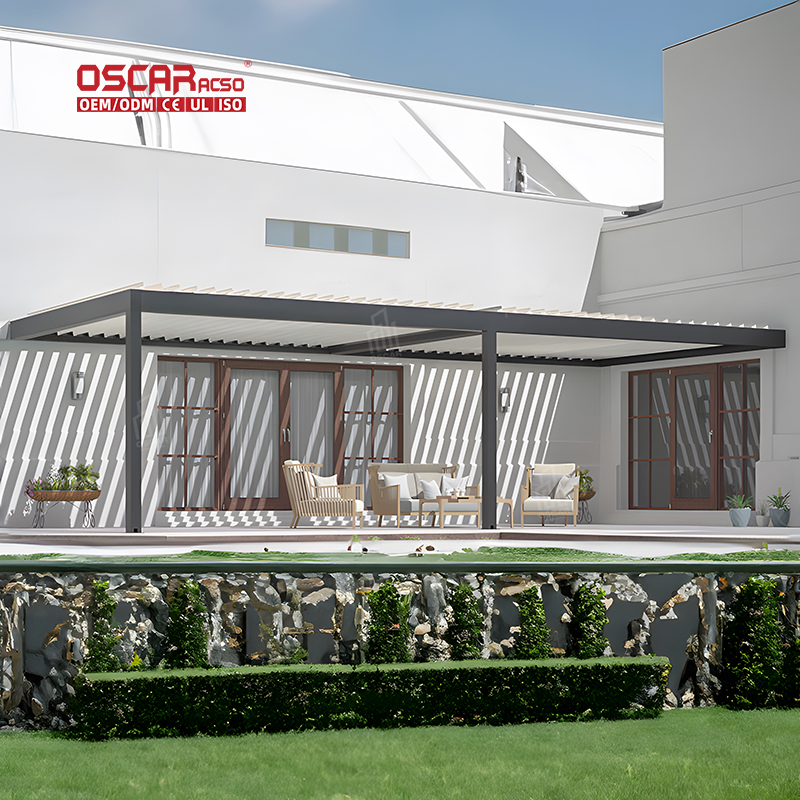Pergola Wine, Global Essence: Uncover Its Diverse Roots
When wine enthusiasts ask \"Where is Pergola wine made?\", the answer isn\'t as straightforward as one might think. ✨ The n...
When wine enthusiasts ask “Where is Pergola wine made?”, the answer isn’t as straightforward as one might think. ✨ The name “Pergola” is associated with several distinct wineries across the globe, each with its own unique terroir and winemaking philosophy. This journey explores the different homes of Pergola wine.
🍇 The Heartland: Serra Gaúcha, Brazil
The most prominent producer bearing the “Pergola” name is Vinícola Pérgola, located in the picturesque Serra Gaúcha region of Brazil, specifically in Flores da Cunha and Campestre da Serra. Founded in 1964, this winery has grown to become a national leader, even bottling up to 200,000 vessels daily.
The region’s ideal conditions are key: fertile mineral-rich soil, excellent drainage, and an average altitude of 600 meters above sea level create a perfect microclimate with significant diurnal temperature swings. This allows grapes to mature evenly, accumulating sugar while retaining refreshing acidity. The winery is known for its innovative techniques and sustainable practices, producing a wide range of wines:
- •
Tintos (Reds): Such as Cabernet Sauvignon and Merlot, known for their structured tannins and aromas of ripe red fruits and spices.
- •
Brancos (Whites): Including Chardonnay and Moscato, which are fresh and aromatic.
- •
Espumantes (Sparkling): Both Brut and sweet Moscatel, ideal for celebrations.
Their wines are generally light, fruity, and easy-drinking, designed for everyday enjoyment and pairing with Brazilian cuisine.
🍷 Italian Expressions: From Piedmont to Le Marche
Italy boasts at least two significant wineries connected to the “Pergola” name, each representing different regions and styles.
First, Tenuta La Pergola in Cisterna d’Asti, Piedmont. This estate sits at the junction of the prestigious Monferrato, Langhe, and Roero territories. With a history dating back to 1903, it crafts wines like the Monferrato Rosso, a red blend loaded with “brambly berries, bright acidity, and soft, earthy tannins,” representing classic Piemontese character at a bargain cost.
Second, and uniquely, is the Pergola DOC in the Le Marche region. This small, esteemed appellation is dedicated primarily to the aromatic Aleatico grape. Unlike other Italian regions that often use Aleatico for sweet wines, Pergola DOC is known for its surprising and elegant dry reds and rosés, expressing complex bouquets of rose, wisteria, red fruits, and blueberries. These wines are celebrated for their delicate tannins, refreshing acidity, and versatility, even being paired with fish dishes.
🌎 New World Variations: USA & Spain
The “Pergola” name also appears in other wine-producing countries, offering more stylistic interpretations.
In Paso Robles, California, USA, Hearst Ranch Winery produces “The Pergola Petite Sirah”. This wine is known for its deep purple color and aromas of blueberry, coffee, blackberry, and violet, resulting in a soft-tasting profile that has earned it recognition in competitions.
In Valdepeñas, Spain, the Pergolas winery produces a Crianza Old Vines red wine from Tempranillo. This wine is fruit-driven, with spicy American oak notes, a medium body, and a soft, modern Spanish style.
My Perspective on the Pergola Landscape
The world of Pergola wine is a fascinating case study in how a name can transcend borders and signify different, yet equally compelling, wine experiences. 🗺️ From the massive, everyday-friendly wines of Brazilian Serra Gaúcha to the tiny, artisanal, and aromatic Aleatico-based wines of Italy’s Pergola DOC, the spectrum is remarkably wide.
This diversity is a strength. It means there’s likely a “Pergola” wine for almost every occasion and palate. The key for wine lovers is to look beyond the name and explore the specific region and producer on the label. Discovering the differences between a Brazilian Pergola Merlot and an Italian Pergola Aleatico is part of the fun and a testament to the beautiful diversity of the wine world.


